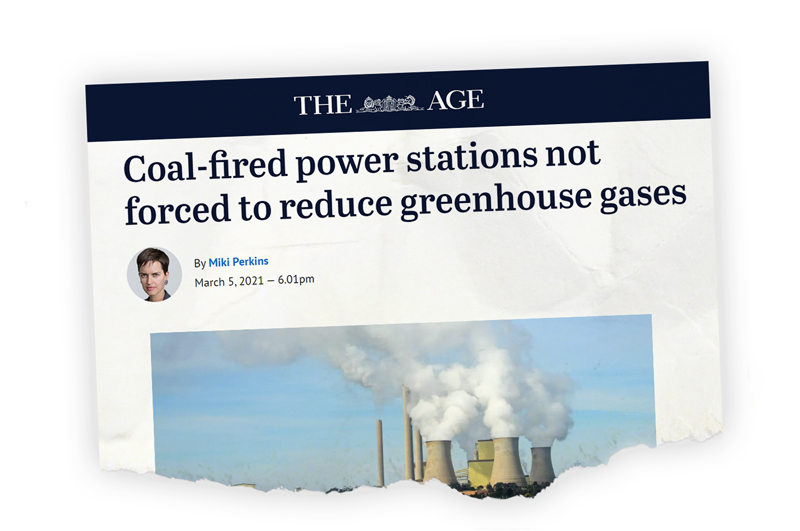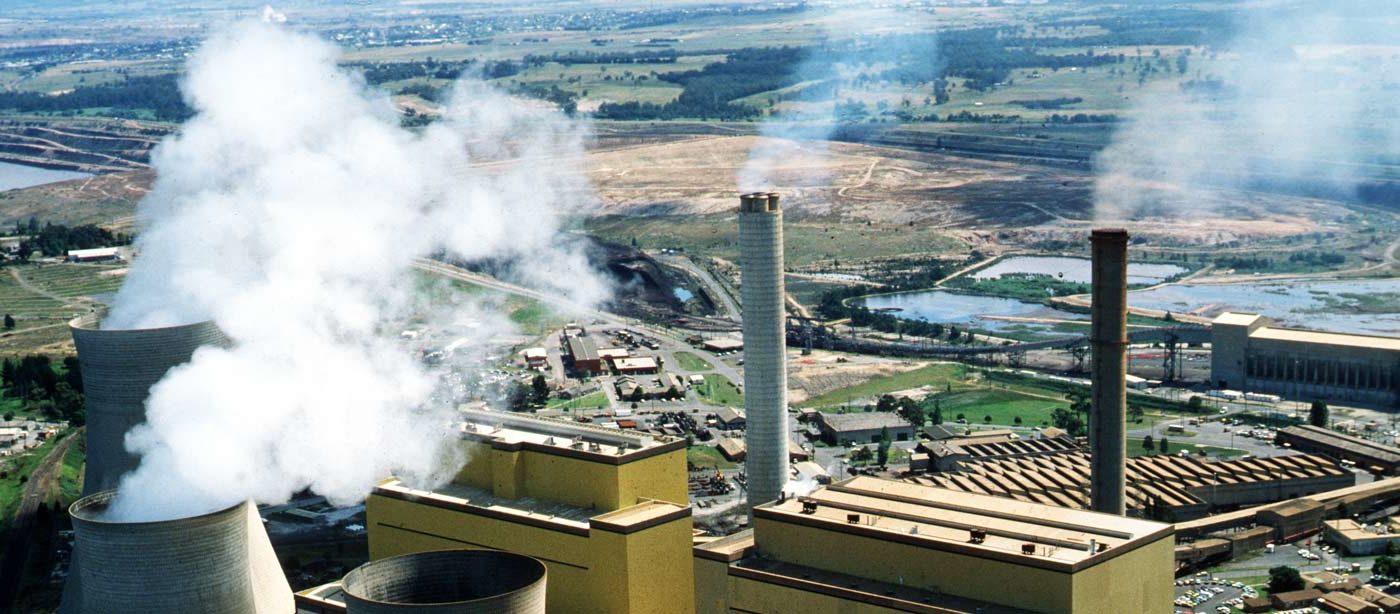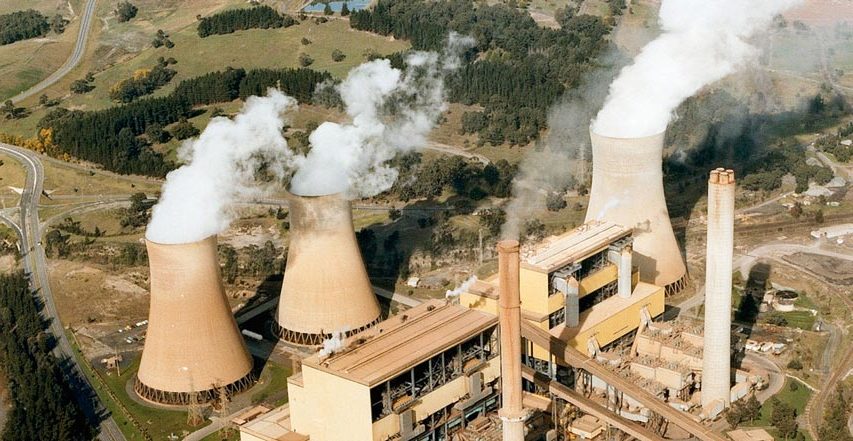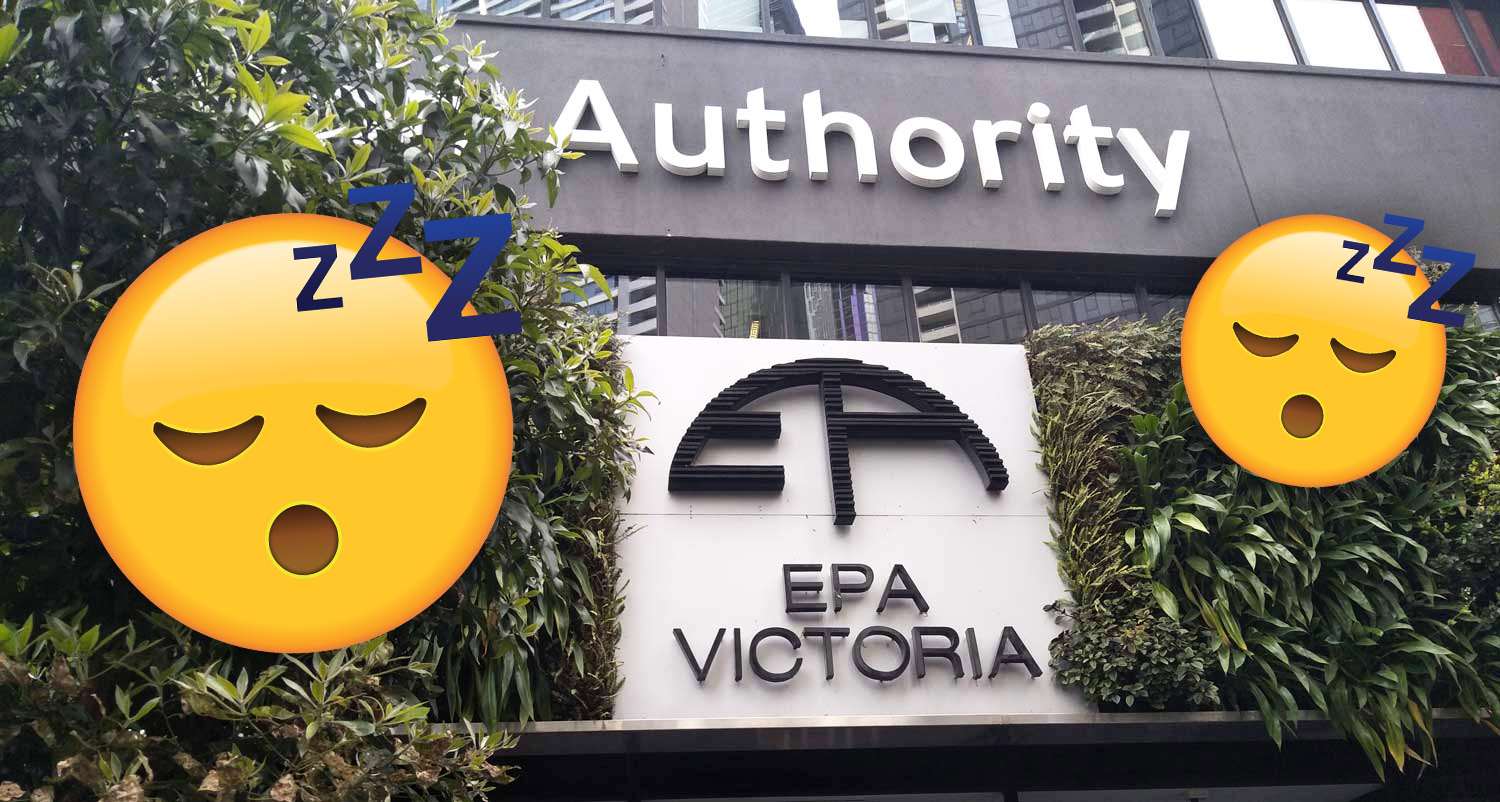Environment Victoria
Unlike the air in the Latrobe Valley, what’s clear is that Victoria’s Environment Protection Authority can and must set tougher licence conditions to protect our health, land and water.UPDATE — 21 December, 2022
Court case verdictIn a disappointing result, the court has upheld the EPA’s coal power licence review, which didn’t limit climate pollution, or set proper restrictions on toxic pollution.
Read moreAfter a drawn-out review of coal power station licences, Victoria’s EPA did very little about toxic air pollution and chose not to place limits on greenhouses gases. Now we’re challenging that decision in the Supreme Court.
This article first appeared in issue 36 of Environment Victoria News, you can read it here >>
In this article:
- Why we’re taking the EPA to court
- What happens now?
- How has the EPA failed?
- Background to the licence review process
In March of 2021 Victoria’s Environment Protection Authority (EPA) finally announced new licence conditions for the state’s three remaining coal power stations. After a three year wait, a Freedom Of Information (FOI) request, and a public campaign to get the EPA to finish the review, the results were a bitter disappointment.

The EPA's review of coal power station licences failed to deliver any action to limit greenhouse gases.
Coal power stations face NO limits on greenhouse gas emissions under the new licences, and there were only minor tweaks to toxic air pollution limits. Under the new licences they would be allowed to continue polluting at dangerous levels, far beyond what is acceptable in places like the US and Europe (read our full media release in response to the announcement here).
So, with legal representation from Environment Justice Australia, we’re challenging the EPA’s decision, which prioritises the interests of power station owners over the health of the community and our environment.


